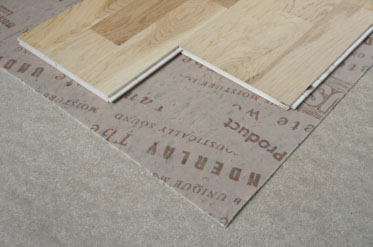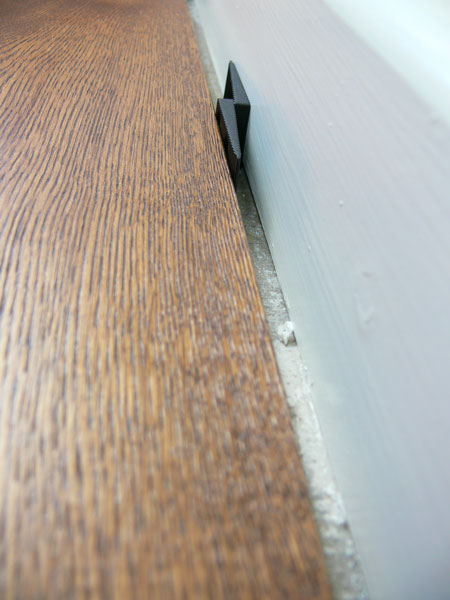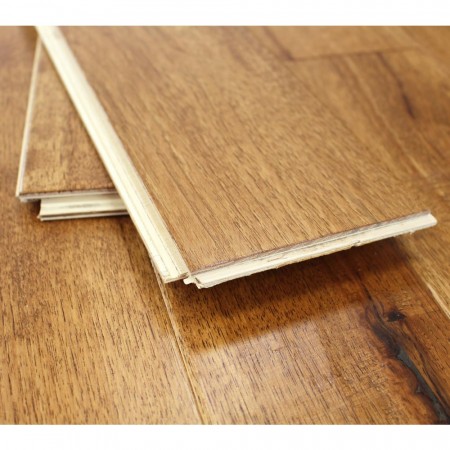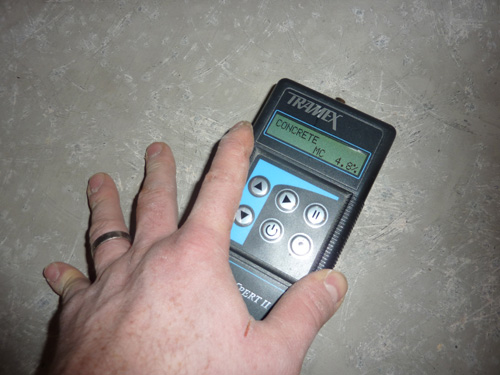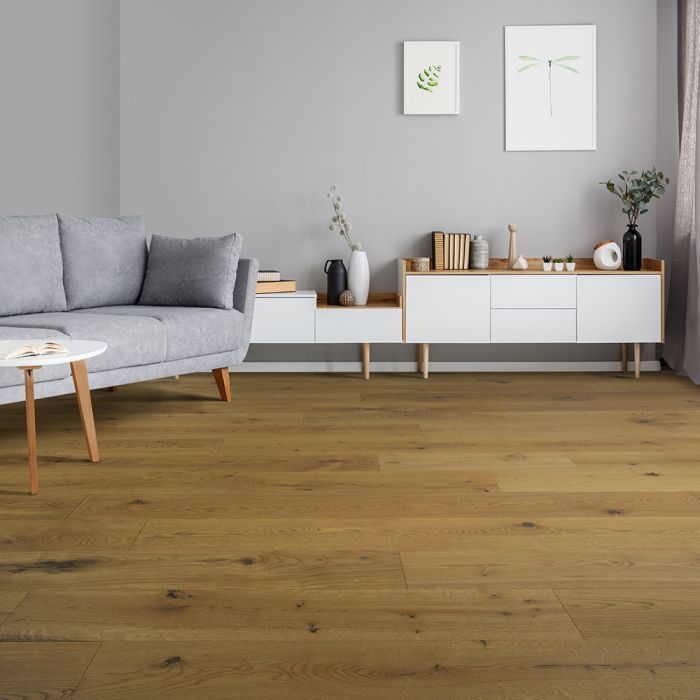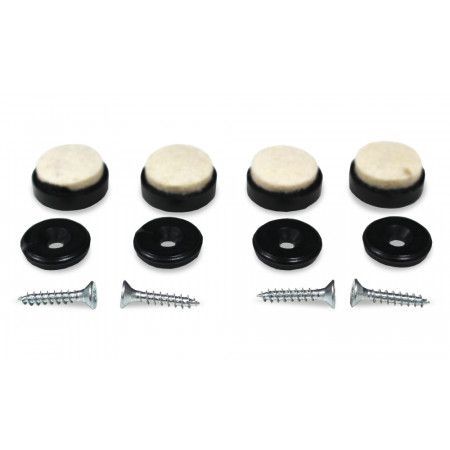Fitting your hardwood floor can depend on a number of things: what type of flooring you have and what type of subfloor you have.
Different types of subfloor
our subfloor is the existing floor in your property; it may be wooden floor boards, concrete, plywood, chipboard, asphalt or bitumen. Firstly, you must make sure that your subfloor is in a sound condition and ready for your hardwood floor. It should be flat, level, dry and clean. If it is not then it can cause irreparable damage to your wooden floor. For more information on preparing your subfloor, please see, ‘How to prepare my subfloor before installing hardwood’. You will have to install your flooring in different ways depending on the type of subfloor that your have.
Joists
The planks of flooring must be at least 18mm thick and should be nailed or screwed directly to the joists. 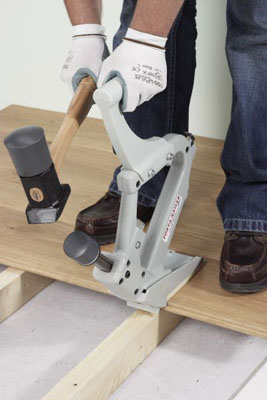
Concrete, screed or chipboard
Solid wood flooring must be glued directly down to the subfloor and engineered wood flooring can be glued down or floated over an underlay.
Wooden floor boards or plywood
Solid wood flooring must be screwed or nailed down with the planks running perpendicular to the floor boards. Engineered wood flooring can be floated over an underlay.
Asphalt
A primer should be used to ensure the flooring adhesive will stick to it. Then solid wood flooring must be glued directly down to the asphalt and engineered wood flooring can be glued down or floated over an underlay.
Bitumen
The majority (95%) of the bitumen needs to be removed before solid wood flooring can be glued down and engineered wood flooring can be floated over an underlay. For further information on different subfloors see, ‘Fitting hardwood flooring to different subfloors’.
Installing engineered wood and solid wood
Solid hardwood flooring needs to be fixed into position. This can be done by either, secret screwing, secret nailing or gluing down using flexible flooring adhesive. It should not be floated over an underlay or used with underfloor heating. Engineered hardwood flooring is more versatile and does not necessarily need fixing into position. The most common way to install it is by floating it over an underlay. Alternatively engineered wood can be glued down to the subfloor, or screwed or nailed if the planks are at least 18mm thick.
Installing tongue and groove and click fitting flooring
If you have solid wood flooring with a tongue and groove profile then it needs to be fixed into position by gluing, secret screwing or secret nailing directly to the subfloor. If you have engineered hardwood flooring with a tongue and grove profile, then you also have the option of floating it over an underlay; glue along the lengths and widths of the planks and push them together. If you have click fit engineered wood flooring then the best way to install it is over an underlay. The planks of flooring will simply click together over the underlay. Alternatively, it can be glued directly to your subfloor, but should never be fitted over joists.
Expansion Gap
It is vital that you leave an expansion gap of 12mm around the perimeter of the room to allow for natural movements in the hardwood flooring. Please see: 'What is an expansion gap?'
For further information and advice on fitting hardwood floors, see our ‘Installation and Fitting Guide’

